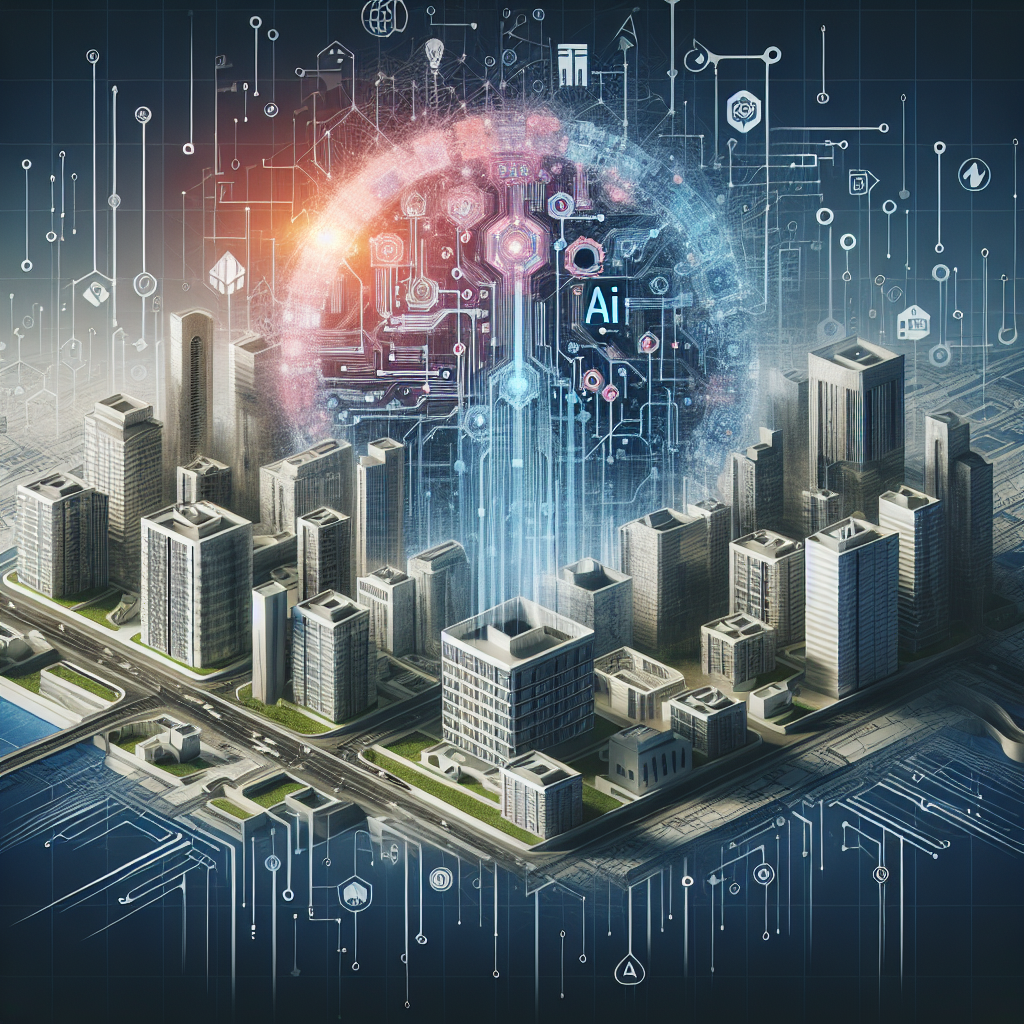Artificial intelligence (AI) has become an integral part of modern society, with applications ranging from healthcare to transportation. One area where AI is increasingly being used is in urban planning. AI has the potential to revolutionize the way cities are designed and managed, but it also poses significant risks to infrastructure.
The use of AI in urban planning can bring about many benefits. AI algorithms can analyze vast amounts of data to identify patterns and trends, helping planners make more informed decisions. For example, AI can be used to predict traffic patterns, optimize public transportation routes, and even design more efficient buildings.
However, the use of AI in urban planning also poses risks to infrastructure. One of the main concerns is the potential for bias in AI algorithms. If AI systems are trained on data that is biased or incomplete, they may produce inaccurate or discriminatory results. This could lead to decisions that disproportionately affect certain populations or exacerbate existing inequalities.
Another risk is the potential for AI systems to be hacked or manipulated. As cities become increasingly reliant on AI for managing infrastructure, they become more vulnerable to cyberattacks. Hackers could potentially disrupt transportation systems, energy grids, or other critical infrastructure, causing widespread chaos and damage.
Additionally, there is a risk that AI systems may not be able to adapt to unexpected events or changes in the environment. Urban planning is a complex and dynamic process, and AI systems may struggle to keep up with rapidly changing conditions. This could lead to unintended consequences or failures in infrastructure planning and management.
Despite these risks, many cities are already using AI in urban planning with promising results. For example, Singapore has implemented an AI system called Virtual Singapore, which creates a 3D model of the city to simulate various scenarios and optimize urban planning decisions. Other cities are using AI to monitor air quality, manage traffic flow, and predict future infrastructure needs.
To mitigate the risks associated with AI in urban planning, it is essential for cities to prioritize transparency and accountability. This includes ensuring that AI algorithms are transparent and explainable, so that planners can understand how decisions are being made. It also means involving diverse stakeholders in the decision-making process to ensure that AI systems are fair and equitable.
Frequently Asked Questions (FAQs):
Q: How can AI be used in urban planning?
A: AI can be used in urban planning to analyze data, predict trends, optimize infrastructure, and simulate scenarios to make more informed decisions.
Q: What are the risks of using AI in urban planning?
A: The risks of using AI in urban planning include bias in algorithms, vulnerability to cyberattacks, and the potential for AI systems to be unable to adapt to changing conditions.
Q: How can cities mitigate the risks of using AI in urban planning?
A: Cities can mitigate the risks of using AI in urban planning by prioritizing transparency, accountability, and involving diverse stakeholders in the decision-making process.
Q: What are some examples of cities using AI in urban planning?
A: Singapore has implemented Virtual Singapore, an AI system that creates a 3D model of the city to optimize urban planning decisions. Other cities are using AI to monitor air quality, manage traffic flow, and predict future infrastructure needs.
In conclusion, AI has the potential to revolutionize urban planning by providing new insights and tools for decision-making. However, it also poses risks to infrastructure, such as bias in algorithms, vulnerability to cyberattacks, and the potential for AI systems to be unable to adapt to changing conditions. By prioritizing transparency, accountability, and involving diverse stakeholders, cities can mitigate these risks and harness the full potential of AI in urban planning.

